
23andMe is a direct-to-consumer genetic testing service. When customers receive their genetic test results from 23andMe, they are presented with various reports that interpret specific genetic variants and what they might mean regarding ancestry, health-related predispositions, and other traits. However, behind these interpreted reports is the raw data — comprehensive information representing one’s genome.
Did You Know?
The DNA of any two people is 99.6% identical. Only 0.4% of our DNA varies from one another. Of the total of the 3 billion base pairs in the human DNA, the SNPs account for one fourth (0.1%) of that difference
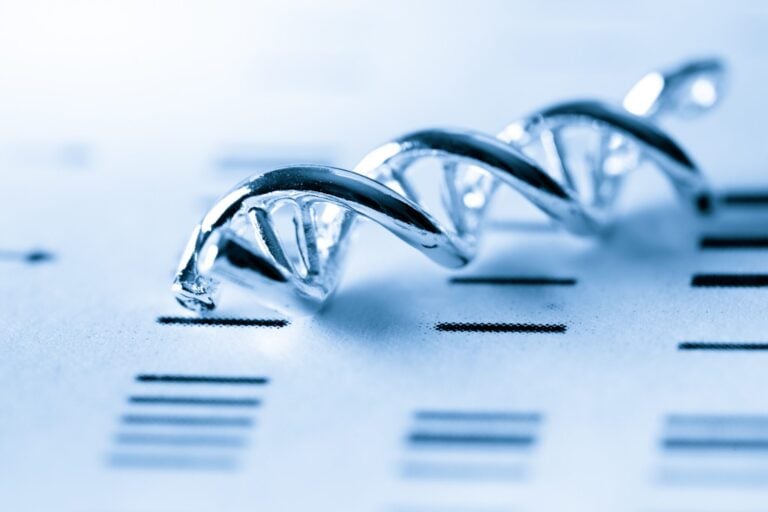
When discussing 23andMe raw data, it is essential to understand its foundational elements. This data is more than just a series of letters on a page; it represents the very fabric of our genetic makeup.
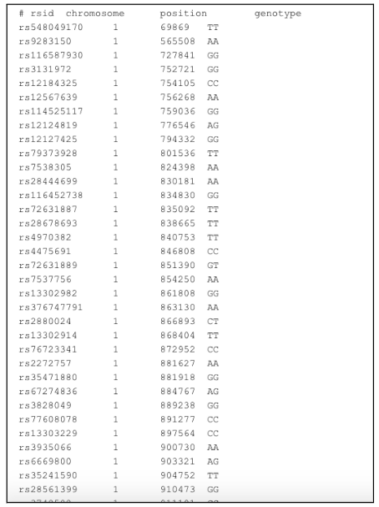
By understanding the basics of 23andMe’s raw data, individuals can better appreciate the depth of genetic information and the potential insights it offers. It’s a comprehensive snapshot of one’s genetic landscape, offering clues about ancestry, health-related predispositions, and more.
The raw genetic data from 23andMe is a treasure trove of information beyond the company’s primary ancestry and health reports. Delving into the intricacies of the data can provide deeper insights and open the door to various potential applications.
Here’s how this raw data can be beneficial:
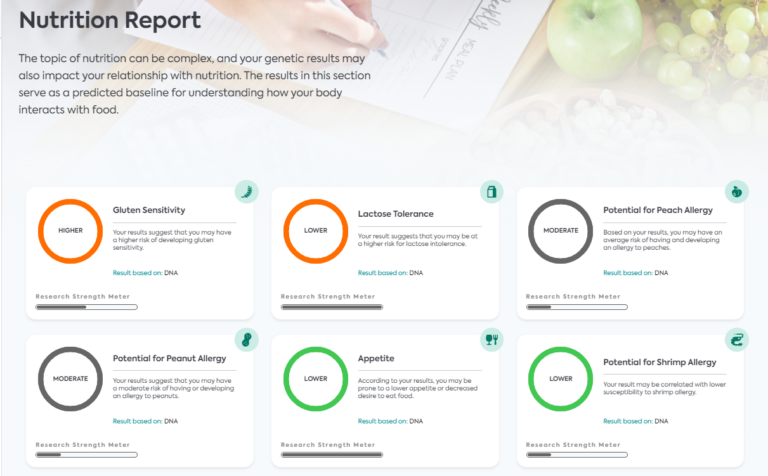
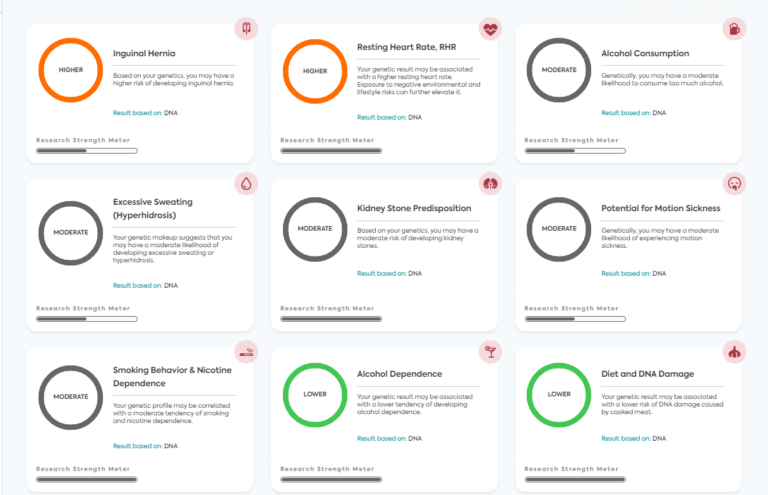
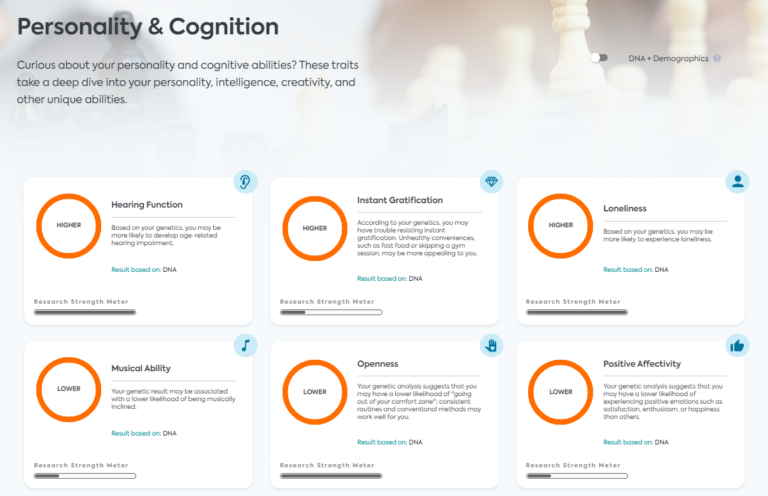
The utility of 23andMe raw data extends well beyond the initial reports provided by the company. With the right tools and knowledge, individuals can unearth vast insights about their health, ancestry, traits, and more, emphasizing the value and potential of personal genetic information.
You may also like: Is 23andMe Accurate?
In the age of digital data, privacy, and accessibility are paramount, mainly concerning personal genetic information. Here’s an in-depth look at how access and privacy interplay in the realm of 23andMe raw data:
Note: You are in complete control of your raw data. Please read the third party’s detailed privacy policy before using their service.
At LifeDNA, your privacy is our highest priority.
Watch Video
While 23andMe provides a valuable service in allowing individuals access to their genetic data, users must remain proactive in understanding and managing the privacy implications. Ensuring data safety, especially in third-party hands, and staying updated on privacy rights and potential risks are critical in the age of genomics.
Below is a table highlighting some of the differences between 23andMe and AncestryDNA in terms of their raw data:
Feature | 23andMe | AncestryDNA |
Number of SNPs Tested | ~650,000 | ~700,000 |
Health Reports | Available (in Health + Ancestry package) | Discontinued. Mainly ancestry. |
Ancestry Reports | Yes | Yes |
Chromosome Browsing | Yes | No |
Downloadable Raw Data | Yes | Yes |
Compatible with Third-party Tools | Yes | Yes |
Y-Chromosome and Mitochondrial Haplogroups | Available (in Health + Ancestry package) | No |
Neanderthal Ancestry | Available (in Health + Ancestry package) | No |
Relative/Family Finder | Yes | Yes |
Data Privacy Options | Can choose to share or not share data with researchers | Can choose to share or not share data with researchers |
Geographic Regions Covered for Ancestry Reports | Over 2,000 regions | Over 1,000 regions |
*Please visit the respective websites for the most up-to-date information on their services.
*Understanding your genetics can offer valuable insights into your well-being, but it is not deterministic. Your traits can be influenced by the complex interplay involving nature, lifestyle, family history, and others.
Our reports have not been evaluated by the Food and Drug Administration. The contents on our website and our reports are for informational purposes only, and are not intended to diagnose any medical condition, replace the advice of a healthcare professional, or provide any medical advice, diagnosis, or treatment. Consult with a healthcare professional before making any major lifestyle changes or if you have any other concerns about your results. The testimonials featured may have used more than one LifeDNA or LifeDNA vendors’ product or reports.


